I’m cruising along a quiet German urban street at about 20mph, behind the wheel of an Audi A4. Suddenly, off to my left, I’m distracted by a wayward cyclist who has weaved across the road and crashed in a heap on the pavement.
While I’m half-absorbing that, however, a man with a baby stroller has walked out into the road a few metres ahead of me. Instinctively I go for the brake pedal. The Audi’s forward facing safety systems have already sensed the potential for an unfortunate impact and pre-pressurised the brake system, so when I press the pedal, I come to an abrupt halt.
Fortunately for my blood pressure and the safety of pedestrians, none of this is real. I’m sampling the new Audi Virtual Training Car, a high-tech tool that immerses its users in a virtual reality (VR) world that enables them to experience road scenarios that are a little difficult to fully replicate on the ‘real’ public highway.
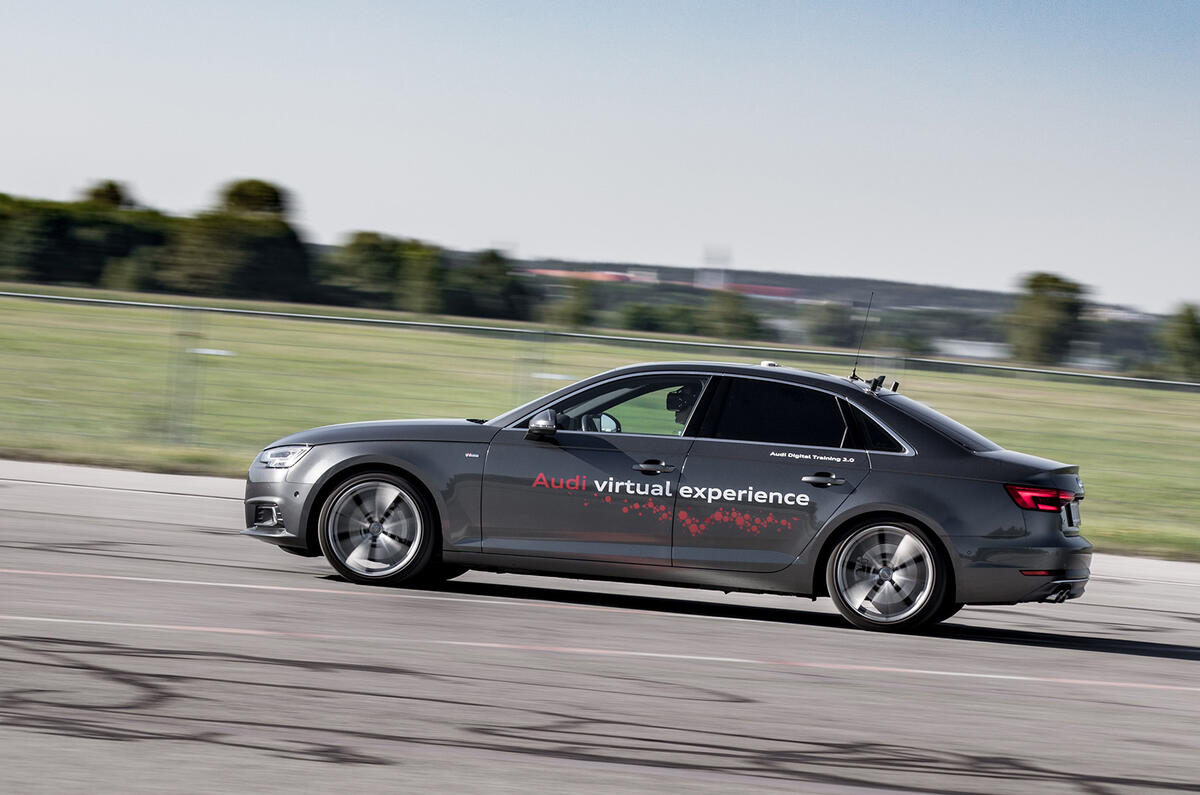
The Virtual Training Car is a still-developing project that’s being used to train Audi’s salespeople. The idea is that rather than simply memorising an operations manual to equip them to tell customers about new driver assistance system on Audis, the salespeople can report their experiences of the systems in authentic situations.
“They can explain the systems from their heart, and not from a piece of paper,” says Martin Schulze Beerhorst, of Audi’s retail business development division.
So far the nascent VR system can only showcase one technology, namely the Audi pre-sense city emergency braking system, which applies the brakes if it identifies an obstruction that the driver hasn’t reacted to.
At the Audi Training Centre at Munich Airport, the German manufacturer let us loose in the A4 to experience it for ourselves. The centre has a large expanse of flat tarmac with nothing to hit – this is important when what the corners and obstacles your eyes are seeing aren’t actually there.
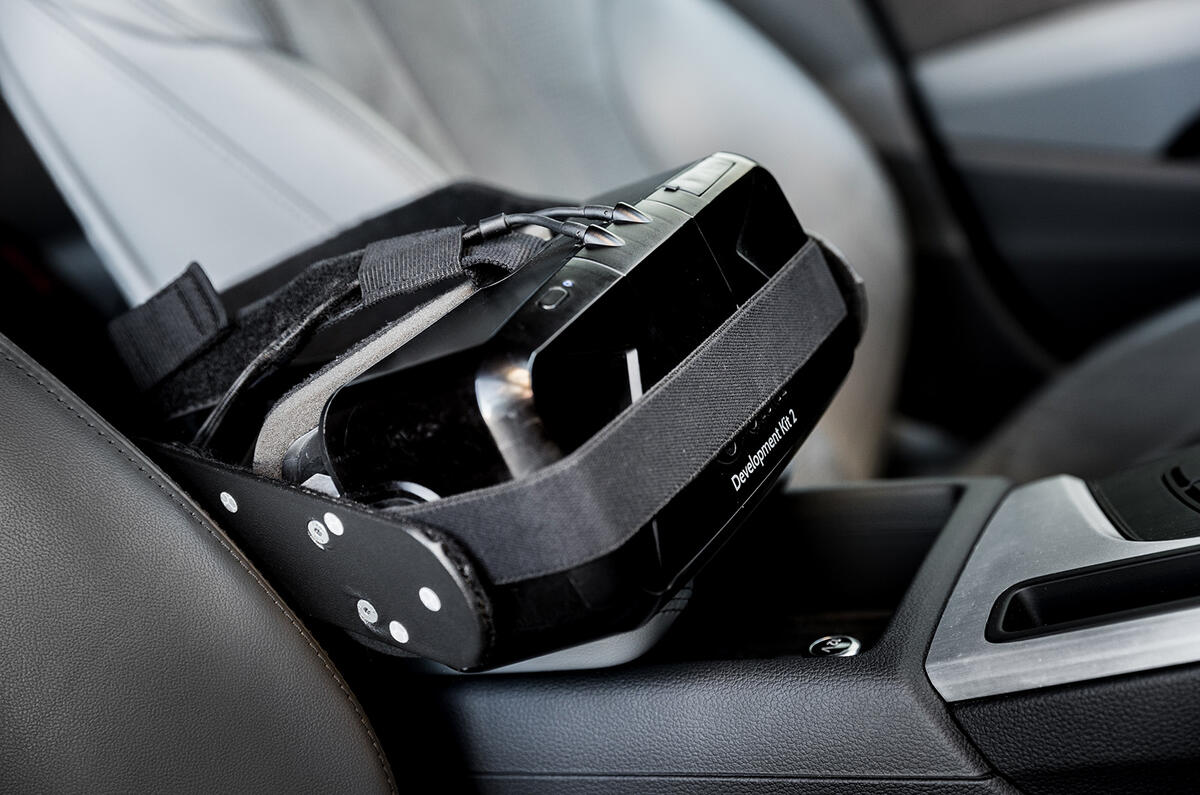
Immersing yourself in the world of Tron is simple: you get into the car and strap on the Oculus headset. The real cabin of the A4 is replaced by an uncannily accurate rendering of one.
The Audi rep next to me is rendered invisible on the passenger seat and – more worryingly – my arms and legs have disappeared, although I can still feel myself holding the steering wheel of the A4 and pressing the pedals, which is reassuring. It’s an auto, so no grappling for a gearstick.
I look up and around to get my bearings. The featureless asphalt has been replaced by a 3D rendering of the aforementioned German street, complete with shops, buildings, pedestrians milling about and a tasty looking virtual Audi R8 parked at one kerb.
As I look left and right, a head-tracker mounted on the rear seat measures my movements via an infrared beam that scans markings on the VR headset.
My real-life Audi guide releases the handbrake switch (I’m fumbling to find the real one in my virtual world) and instructs me to drive out of the car park and down the road. First up are some traffic cones, which I’m supposed to weave around. I feel a brief pang of guilt as I squash a couple of them, but quickly remember this is a virtual world.
I negotiate a tight roundabout. All the while, high-precision GPS is locating the Virtual Training Car on the driving surface with an accuracy of two centimetres. Together with a position sensor in the car, the GPS detects the car’s movements and that determines the position within the VR simulation.
The virtual world is stored on a hard drive that takes up most of the boot of the Audi A4. A powerful processor and a fast graphics card from Audi’s partner NVIDIA send the data to the VR headset and to the touchscreen in front of the passenger seat.
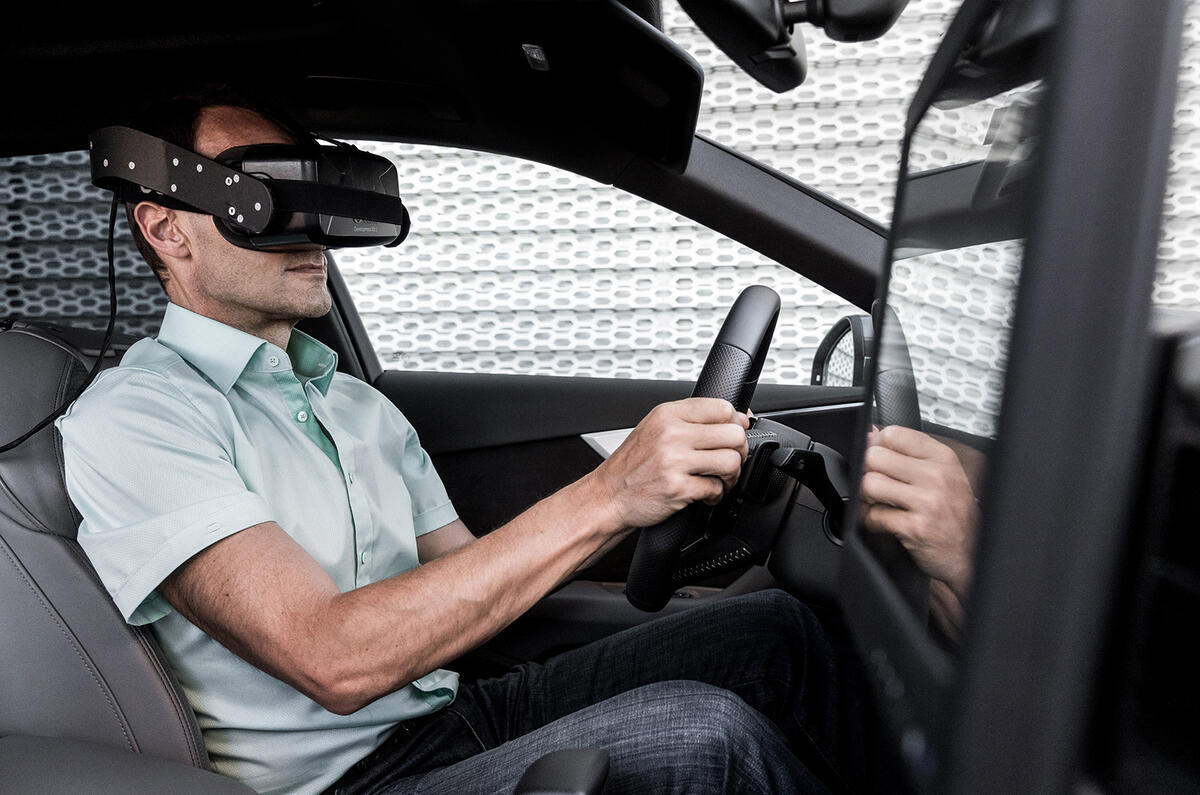
Then comes my run-in with the wayward cyclist and errant pedestrian. My pride insists that I’d have stopped the car effectively without the safety system’s intervention, but it's reassuring to know it's there and to feel it working. Plus, any guilt I’d have felt at hitting the poor virtual bloke would have been quickly extinguished.
As we near the end of our short journey, I’m tempted to turn right at a crossroads and go exploring. Sadly, the virtual world has its limits, and if I try to leave the permissible driving area, a warning is issued so that my minder in the passenger seat can intervene and apply the parking brake.
Instead, I park up as instructed and remove the headset, feeling a brief moment of disorientation as I adjust back to reality. It’s strange to watch other drivers edging slowly around the expanse of tarmac when I know what they’re seeing inside the car is completely at odds with the outside world.
Audi claims it is the first manufacturer to deploy VR technology in this way. So far, about 5000 salespeople have sampled the system, and the Ingolstadt-based manufacturer is now in the process of upgrading the simulation.
The hope is that it can be developed to showcase other driver assistance functions and perhaps one day Audi customers will be able to experience the effectiveness of such systems via their own close calls with errant pedestrians – virtually and absolutely safely for all concerned, of course.

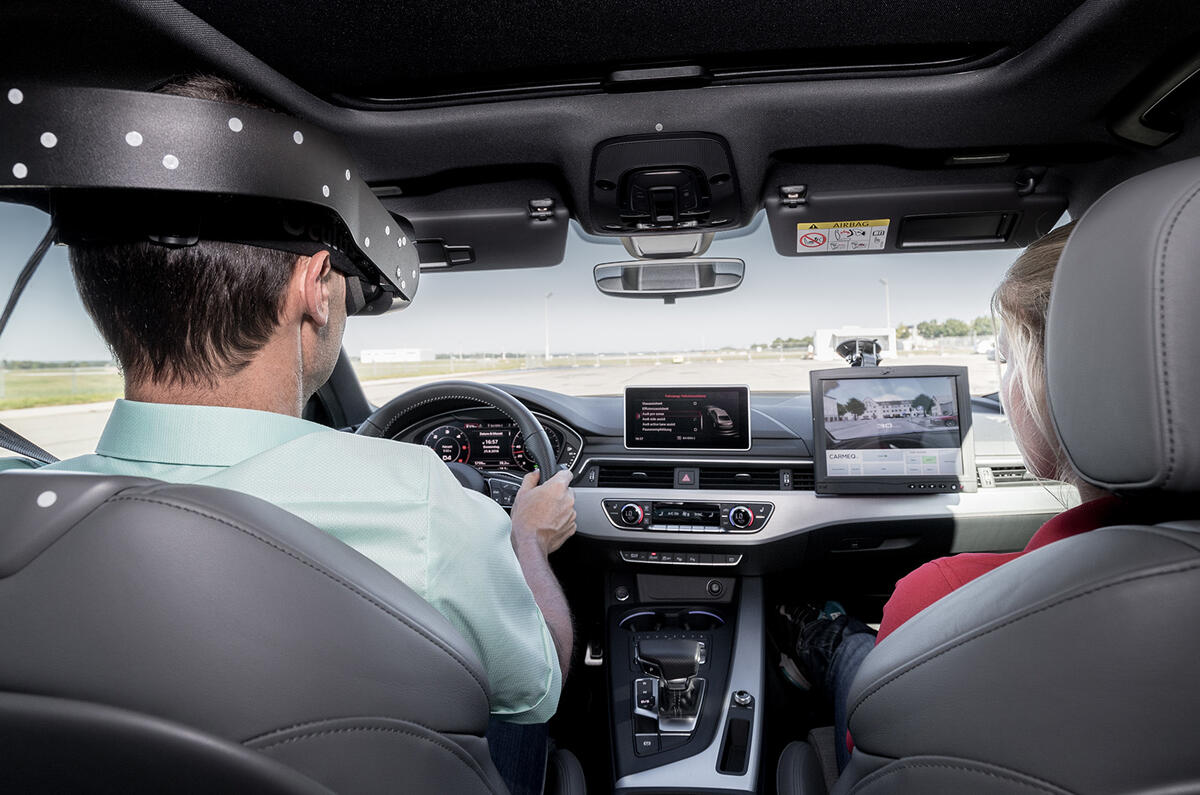
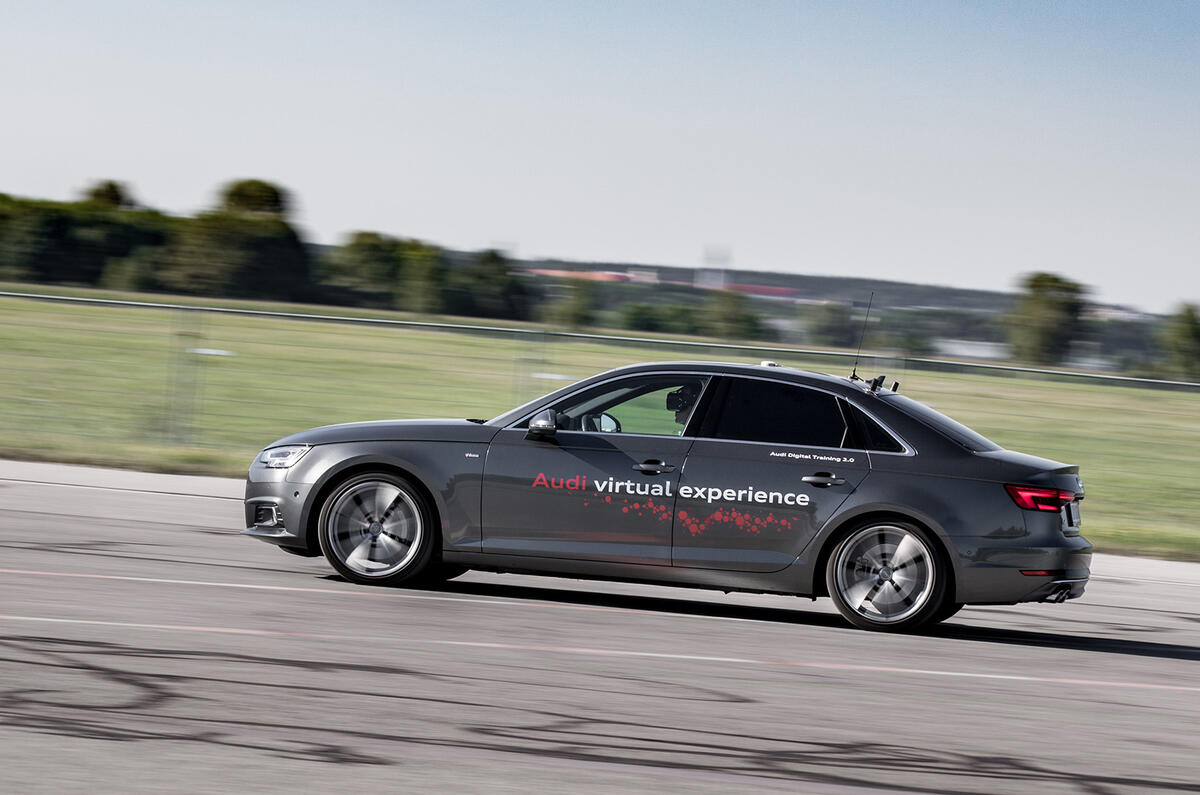
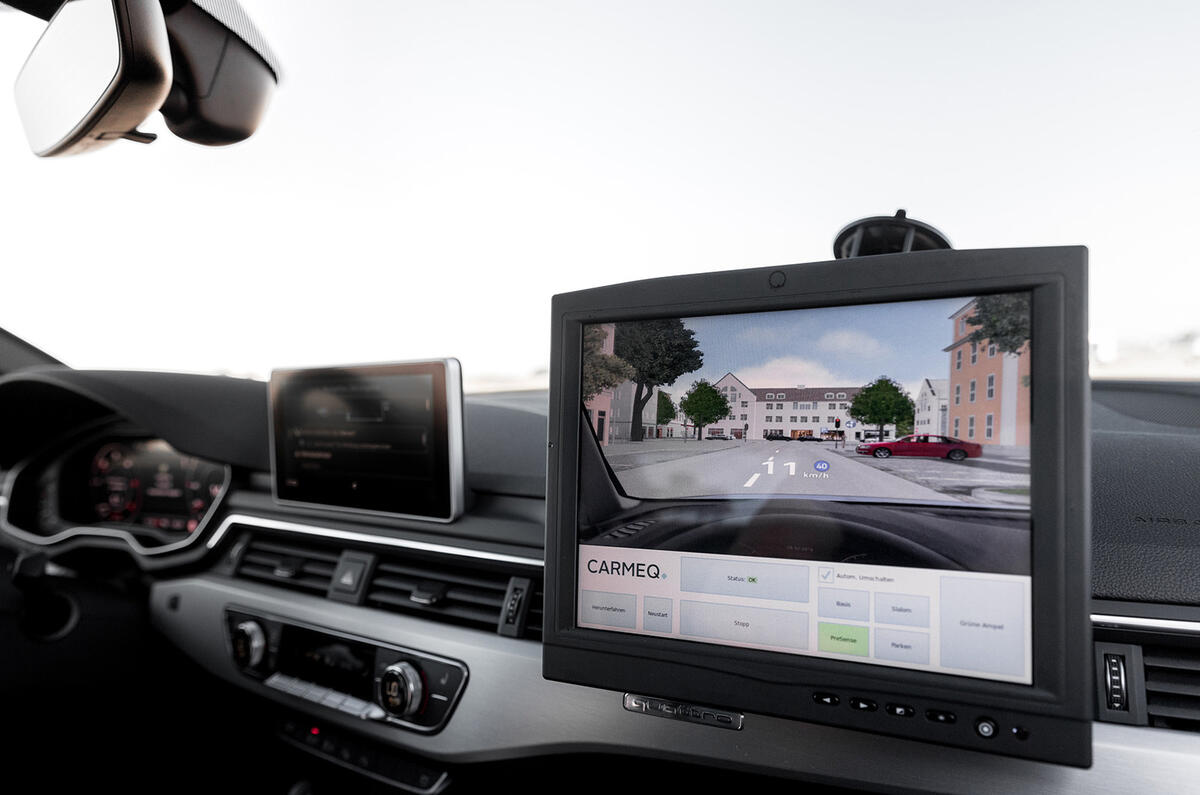


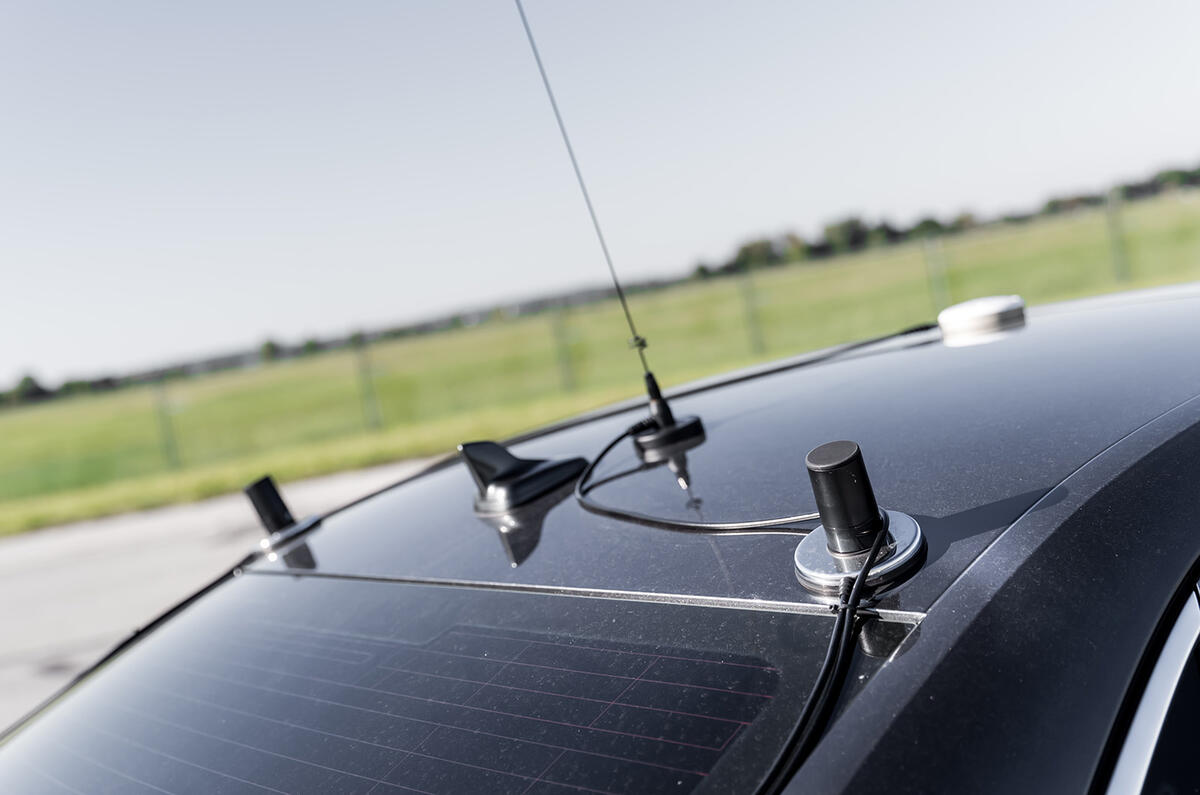




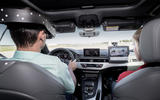

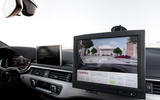




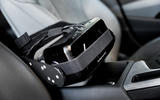
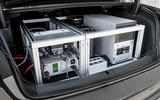



Add your comment